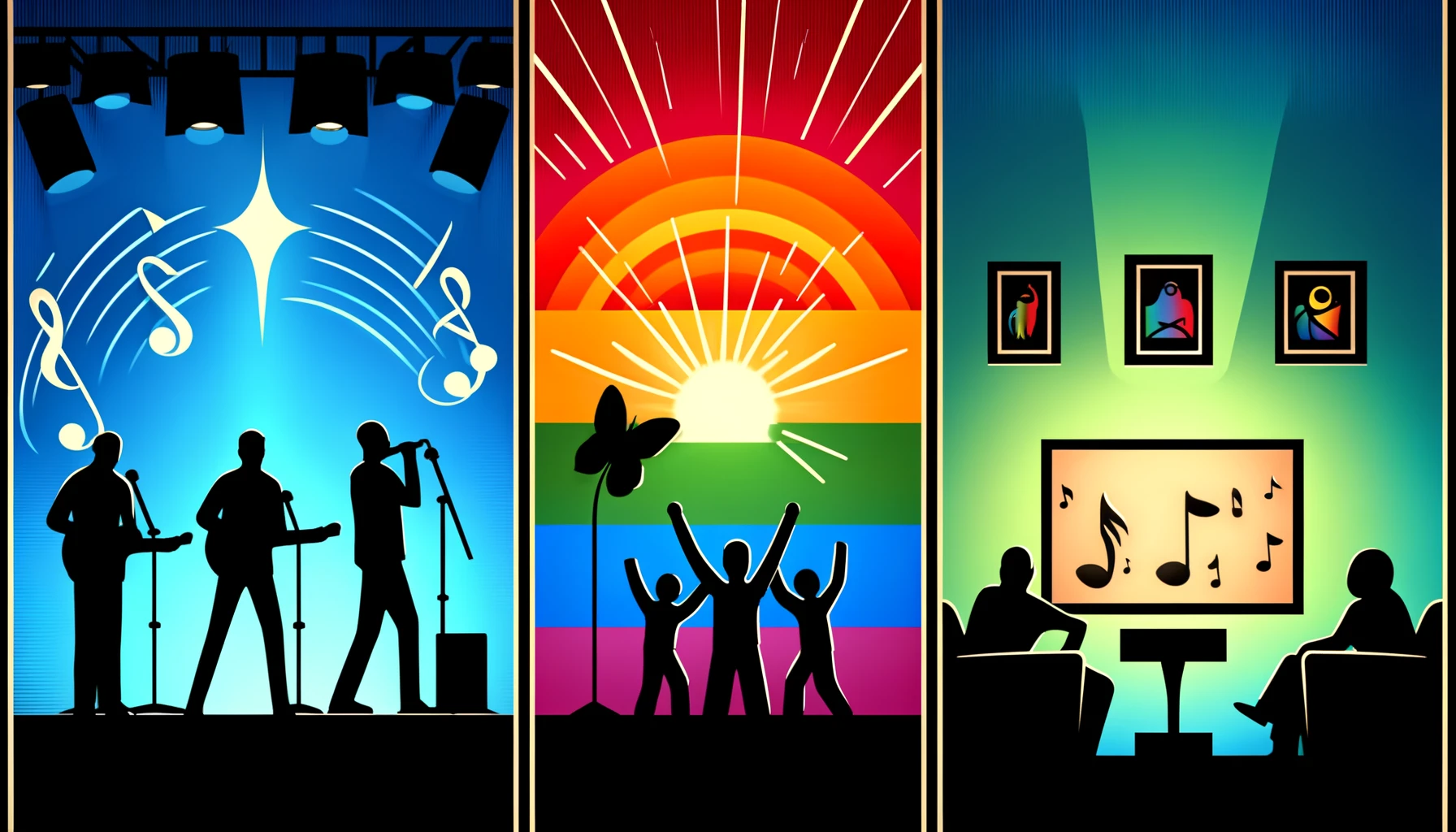
In a recent musical collaboration, Miley Cyrus teamed up with Beyoncé for the duet “II Most Wanted,” a partnership that has stirred considerable excitement in the music industry. Cyrus’s praise for Beyoncé post-duet underscores the mutual respect and admiration between these two powerhouse artists, highlighting a significant moment where talent meets and creates something truly special. This collaboration signifies not only a fusion of distinct musical styles but also a moment of empowerment and unity in the music world.
Meanwhile, Charli XCX has taken a different but equally impactful path in her career, dedicating her success to the LGBTQ+ community. This dedication is more than a statement; it’s a testament to her understanding of the influence and platform she possesses. Charli’s commitment reflects her deep connection with her fans and her desire to advocate for inclusivity and acceptance through her music and public persona. Her work resonates with many, offering solace, representation, and celebration of the LGBTQ+ community, further cementing her role as a supportive figure in the industry.
On a different note, Shakira’s recent comments about her young sons’ reaction to the “Barbie Movie” open a window into the challenges parents face regarding media consumption and its impact on children. Shakira’s statement that her boys found the movie emasculating sparks a conversation about gender norms, children’s entertainment, and how young minds interpret the content they consume. This discussion is crucial in an era where media is omnipresent, influencing perceptions, values, and identities from a young age. It also highlights the ongoing dialogue about what messages films are sending to our children and how these messages shape their understanding of self and society.
These three narratives from the entertainment world—Miley Cyrus’s collaboration with Beyoncé, Charli XCX’s dedication to her fans, and Shakira’s parental insight—reflect the diverse ways in which celebrities navigate their public personas, personal lives, and the messages they choose to send. Each story, in its own way, contributes to broader conversations about artistry, representation, and influence, showcasing the multifaceted roles artists play in shaping cultural discourse and individual perspectives.